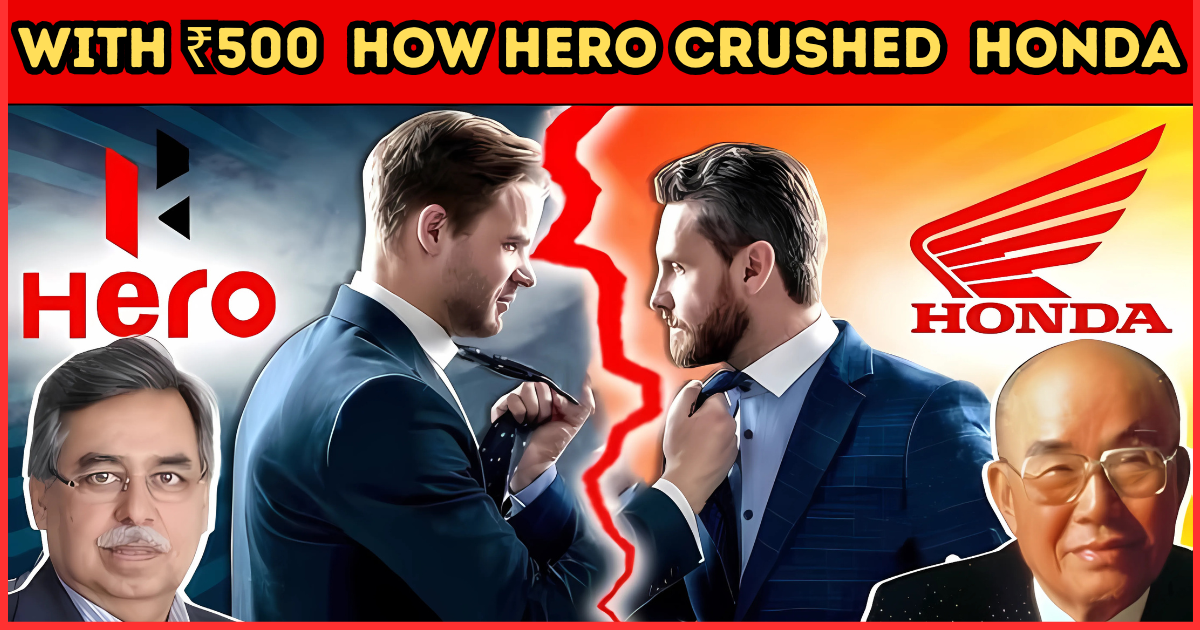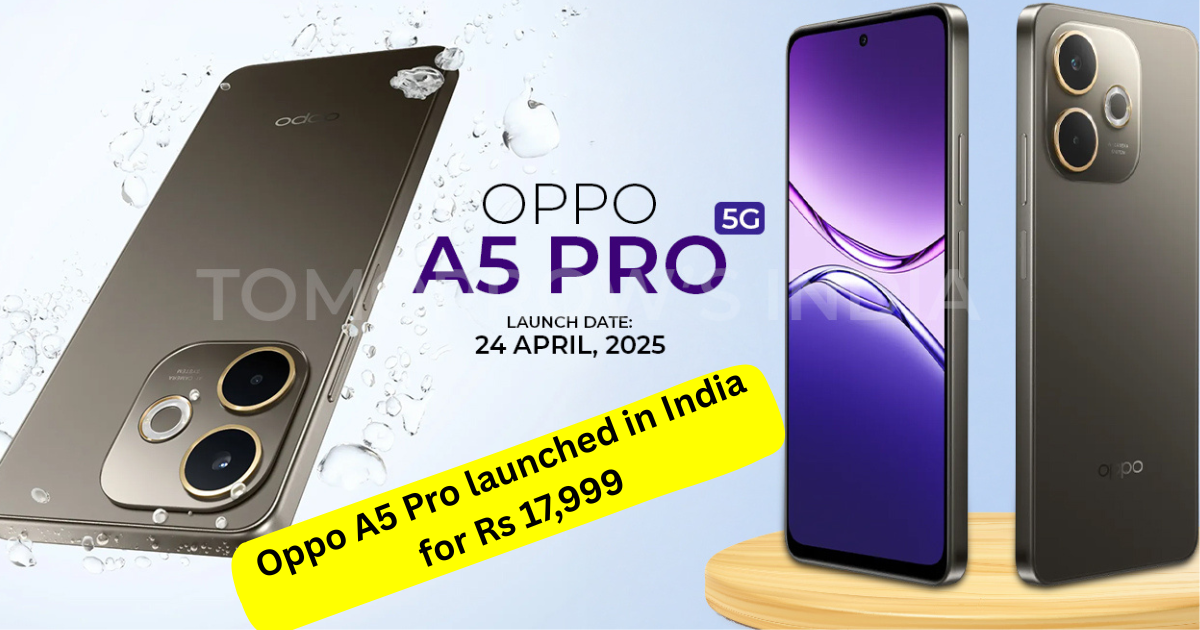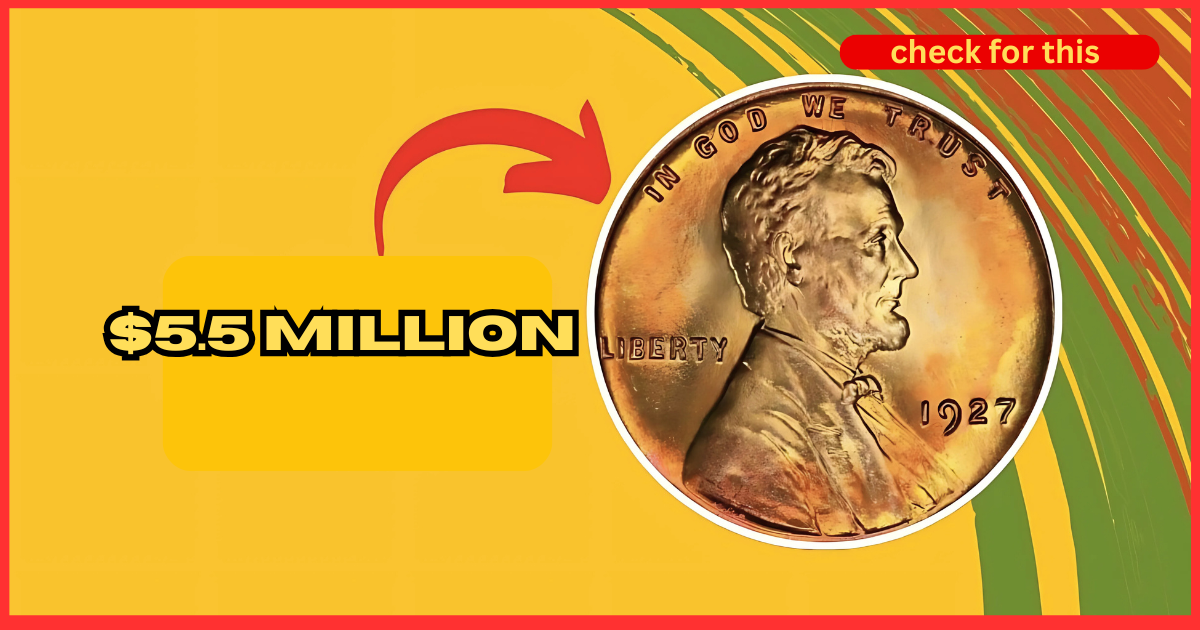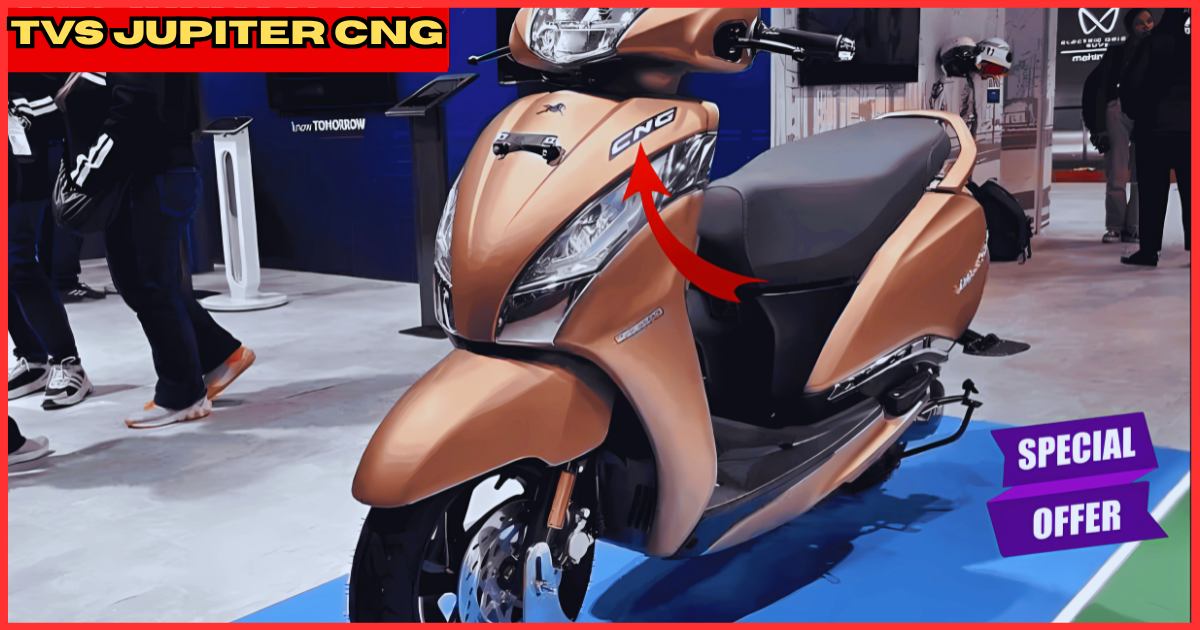Hero MotoCorp, a leading Indian multinational motorcycle and scooter manufacturer, has come a long way since its inception in 1984. Founded as a joint venture between Hero Cycles and Honda Motor Company, the company has grown to become the world’s largest two-wheeler manufacturer by volume.
The company’s remarkable journey is a testament to its ability to adapt and innovate. After separating from Honda in 2010, Hero MotoCorp successfully established itself as an independent global brand, dominating the Indian motorcycle market with a significant share of around 46%.
Key Takeaways
- The company’s strategic initiatives and global expansion efforts have contributed to its success.
- Hero MotoCorp’s business model and product portfolio have played a crucial role in its dominance in the Indian market.
- The company’s ability to navigate its separation from Honda and establish itself as an independent brand is a key takeaway from its success story.
- Hero MotoCorp is positioning itself for future growth through electric mobility and strategic partnerships.
- The company’s strengths, weaknesses, opportunities, and threats have been analyzed through a comprehensive SWOT analysis.
The Birth and Evolution of Hero MotoCorp
From humble beginnings to global recognition, Hero MotoCorp’s evolution is a compelling case study. The company’s journey began with a modest investment and has since transformed into a global success story.
Humble Beginnings: The ₹500 Investment and Hero-Honda Joint Venture
The story of Hero MotoCorp started with an investment of just ₹500. The partnership with Honda led to the formation of Hero Honda, a joint venture that would go on to dominate the Indian two-wheeler market. This collaboration brought together the strengths of both companies, leveraging Honda’s technology and Hero’s local market expertise.
The joint venture was instrumental in establishing Hero Honda as a leading brand in India. The company’s growth during this period was significant, with the brand becoming synonymous with two-wheelers in the country.
The Pivotal Moment: Honda’s Exit and Independent Journey
A major turning point came in 2010 when the joint venture between Hero and Honda ended. Hero MotoCorp emerged as an independent entity, marking a significant shift in its journey. The company had to rebrand and establish itself without Honda’s technological support.
Hero MotoCorp invested heavily in building its research and development capabilities, forming strategic partnerships with companies like Erik Buell Racing and AVL. This transition was acase study in effective change management, showcasing the company’s ability to adapt and thrive independently.
The success of Hero MotoCorp post-2010 is a testament to its resilience and strategic vision. The company not only maintained its market leadership in India but also expanded into new international markets, proving its capability as a strong independent brand.
Business Model and Product Portfolio
Hero MotoCorp’s business model and product portfolio have been pivotal in its journey to becoming a global giant. The company’s success is rooted in its ability to adapt and innovate, ensuring it remains competitive in the ever-evolving automotive industry.
Business-to-Consumer (B2C) Model and Revenue Streams
Hero MotoCorp operates primarily through a Business-to-Consumer (B2C) model, generating revenue through the sale of its motorcycles and scooters. This model allows the company to maintain direct contact with its customers, enhancing brand loyalty and facilitating feedback.
Diverse Product Range: From Commuters to Premium Motorcycles
The company boasts a diverse product portfolio, catering to a wide range of customers from those seeking commuter bikes to those looking for premium motorcycles. This diversity is a key factor in Hero MotoCorp’s ability to maintain a strong market presence.
| Product Category | Key Features | Target Audience |
|---|---|---|
| Commuters | Fuel-efficient, affordable | Daily commuters |
| Premium Motorcycles | Advanced technology, performance | Enthusiasts, young professionals |
Strategic Expansion: Venturing into Electric Mobility with Vida
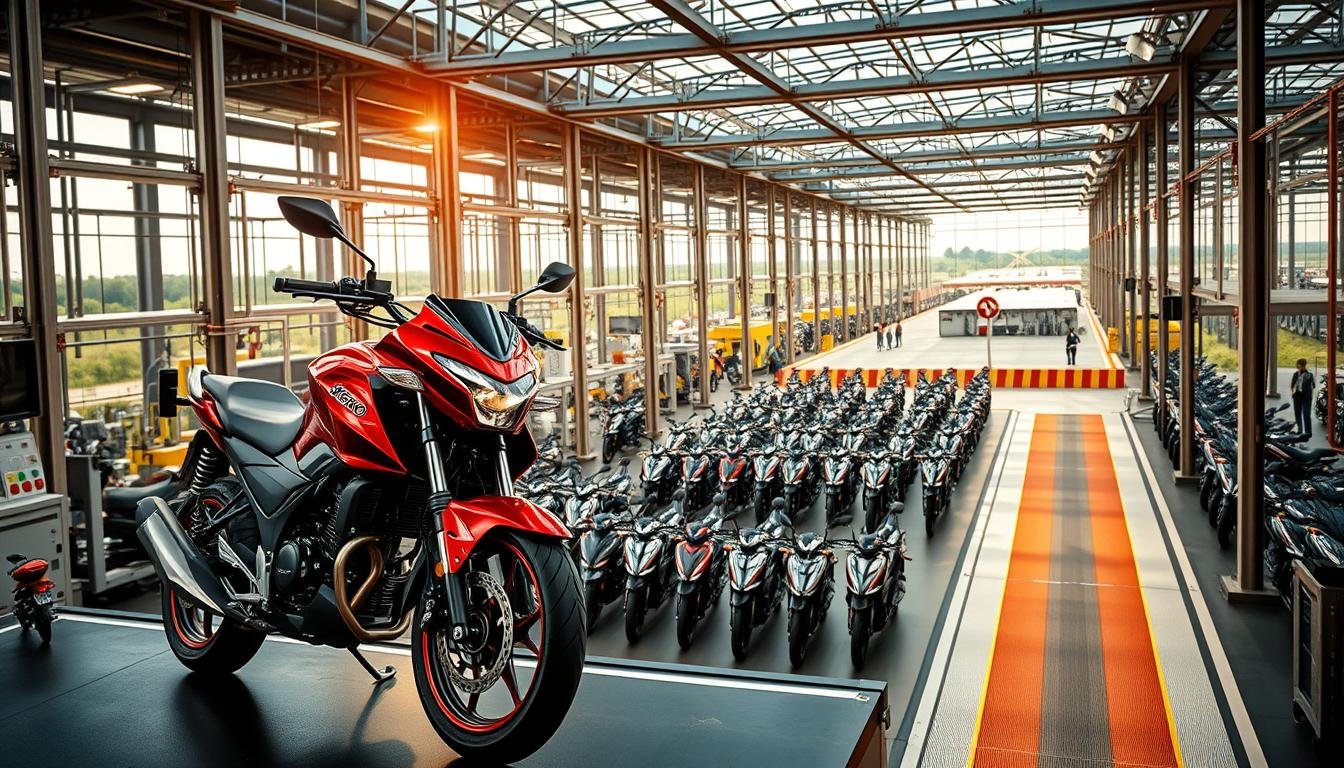
With the introduction of Vida, its electric scooter sub-brand, Hero MotoCorp is venturing into electric mobility. Vida is designed to provide clean mobility solutions, featuring advanced technology and a commitment to sustainability.
By expanding into electric vehicles, Hero MotoCorp is positioning itself for future growth in the rapidly evolving EV market, leveraging its extensive dealer network and R&D capabilities.
Hero MotoCorp Case Study: Financial Performance and Market Position
As a dominant force in the domestic motorcycle market, Hero MotoCorp’s financial performance is worth examining. The company’s strong market presence is backed by impressive financial metrics and a robust growth trajectory.
Key Financial Metrics and Growth Trajectory
Hero MotoCorp has demonstrated significant financial growth, with a massive production capacity of over 9.50 million units annually across its eight state-of-the-art manufacturing facilities. This enables the company to meet substantial demand in both domestic and international markets.
The company’s global footprint has expanded to 47 countries, showcasing its effective international marketing strategy and product adaptation capabilities. Additionally, Hero MotoCorp has sold over 57,000 two-wheelers to state governments, highlighting its ability to serve institutional customers alongside individual consumers.
| Financial Metric | Value |
|---|---|
| Annual Production Capacity | 9.50 million+ |
| Number of Manufacturing Facilities | 8 |
| Global Presence | 47 countries |
| Two-wheelers Sold to State Governments | 57,000+ |
Market Dominance: 47% Share in Domestic Motorcycle Market
Hero MotoCorp maintains a commanding 47% share of the domestic motorcycle market in India, making it the undisputed leader in the world’s largest two-wheeler market. The company’s market position is reinforced by its deep understanding of its target audience, particularly value-conscious middle-class consumers seeking reliable and fuel-efficient transportation solutions.
With an extensive dealer network of over 6,000 touchpoints across India, Hero MotoCorp ensures widespread availability and after-sales support that competitors struggle to match. This market dominance provides the company with significant economies of scale, allowing it to maintain competitive pricing while investing in research and development for future products.
SWOT Analysis: Strengths, Challenges, and Opportunities
A comprehensive SWOT analysis reveals the strategic position of Hero MotoCorp in the two-wheeler market. This analysis is crucial for understanding the company’s current standing and future prospects.
Brand Strength and Extensive Network
Hero MotoCorp’s strong brand reputation and extensive distribution network are significant competitive advantages. The company’s ability to cater to a wide range of customers across various markets has contributed to its dominance in the two-wheeler industry. With a robust marketing strategy, Hero MotoCorp has established itself as a leader in the world of motorcycles.
Challenges and Weaknesses
Despite its strengths, Hero MotoCorp faces several challenges. The company’s reliance on numerous suppliers for components makes it vulnerable to supply chain disruptions. Additionally, regulatory changes, such as shifts in government policies or emission standards, can impact the company’s operations and profitability.
Opportunities and Threats
The rising demand for two-wheelers in India and emerging markets presents a significant growth opportunity for Hero MotoCorp. The company’s venture into electric mobility with its Vida sub-brand is poised to capture market share in the rapidly expanding electric two-wheeler segment. However, potential threats include intensifying competition and regulatory changes that could require significant investments. As the company continues to expand its presence globally, it must navigate these challenges to meet growing customer demand and stay ahead in the mobility market.
Strategic Initiatives and Global Expansion
As Hero MotoCorp continues to expand globally, the company has implemented several strategic initiatives to drive growth and stay competitive in the market.
Research and Development Capabilities
Hero MotoCorp has been focusing on enhancing its research and development capabilities to innovate and stay ahead in the industry. The company invests significantly in R&D to develop new technologies and improve existing products, ensuring they meet the evolving needs of their global audience.
Strategic Partnerships: The Harley-Davidson Alliance
A key strategic initiative for Hero MotoCorp has been its partnership with Harley-Davidson. This alliance has enabled the company to tap into the premium motorcycle segment and leverage Harley-Davidson’s brand reputation, enhancing its global presence.
Talent Acquisition Strategy: Overcoming Hiring Challenges
To overcome the challenge of finding experienced tech talent, Hero MotoCorp developed an innovative talent acquisition strategy. The company partnered with Unstop to create hiring challenges that attracted skilled professionals. This approach not only filled critical positions but also enhanced corporate diversity by attracting candidates from various backgrounds, strengthening the company’s innovation capabilities and market understanding.
The team at Hero MotoCorp has worked diligently over the years to build a robust global presence, and their efforts have been recognized in the industry. By focusing on strategic initiatives and global expansion, the company is poised for continued success.
Conclusion: Key Takeaways from Hero MotoCorp’s Success Story
Hero MotoCorp’s transformation into an independent global powerhouse after Honda’s exit is a significant case study in resilience and strategic decision-making. The company’s journey from a joint venture to one of the world’s largest two-wheeler manufacturers is a testament to its focus on affordability and reliability.
This Hero MotoCorp case study demonstrates how a company can successfully transition from a joint venture to an independent global powerhouse through strategic planning, brand building, and market focus. The company’s ability to maintain market leadership after Honda’s exit highlights the value of developing deep market understanding and customer relationships.
Key lessons from Hero MotoCorp’s success story include the importance of building strong foundations during partnership years, investing in research and development for technological self-reliance, and forming strategic partnerships to enter new market segments. As the automotive world transitions to electric mobility, Hero MotoCorp’s strategic moves into this space will be a fascinating case study for how established industry leaders can navigate disruptive technological changes.
In conclusion, Hero MotoCorp’s journey from a ₹500 investment to becoming the world’s largest two-wheeler manufacturer serves as an inspiring example of how Indian companies can achieve global success through persistence, adaptation, and customer-centricity, making it a valuable marketing strategy case study for businesses worldwide.
